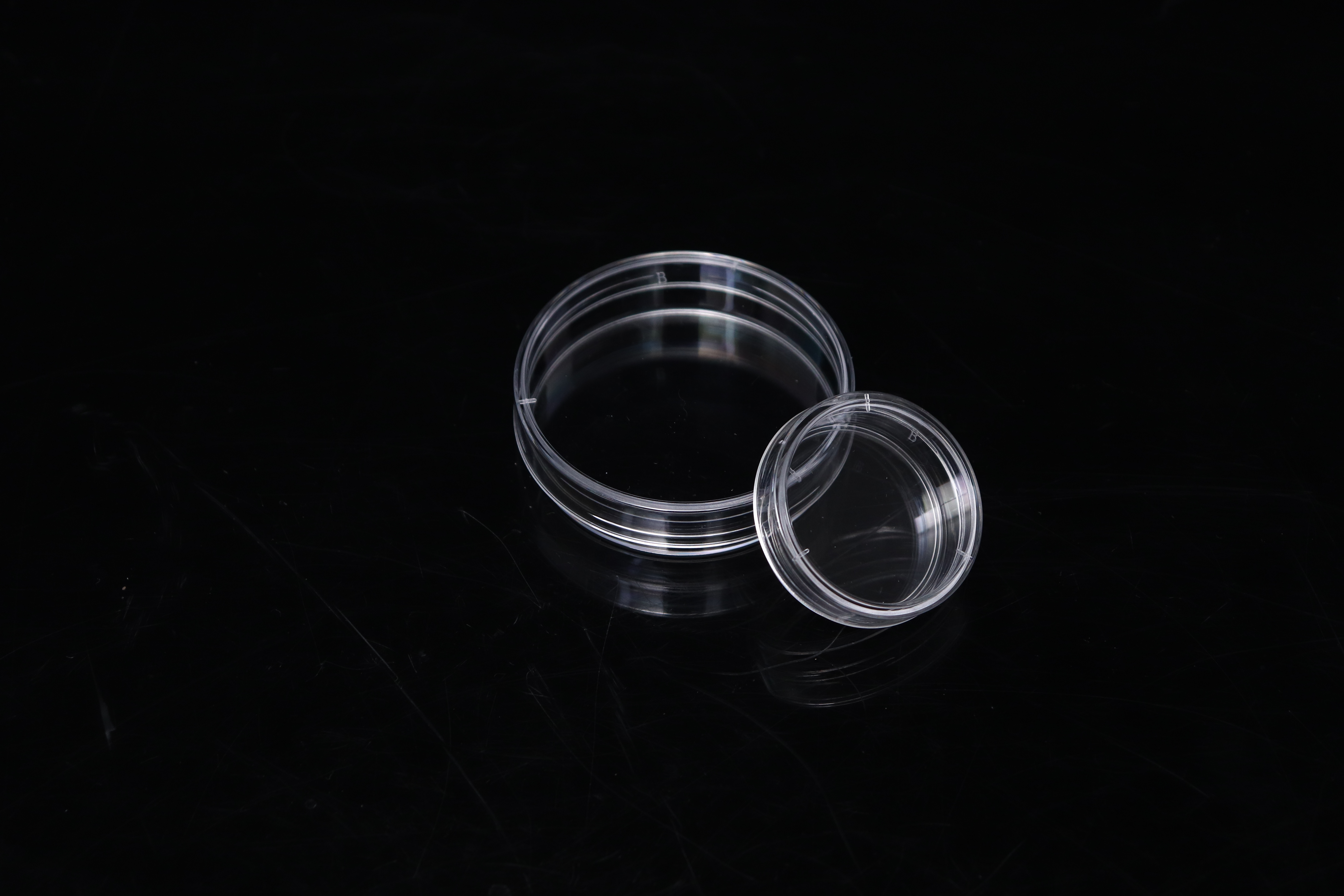Why Tissue Culture Treated(TC Treated) is needed for cell culture consumables
There are various types of cells, which can be divided into adherent cells and suspension cells in terms of culture methods Suspended cells are cells that grow independently of the surface of the support, and grow in suspension in the culture medium, such as lymphocytes Adherent cells are adherent cells, which means that the growth of cells must have an adherent support surface. They can only grow and reproduce on this surface by relying on the adhesion factors secreted by themselves or provided in the culture medium. Most animal cells belong to adherent cells
Previously, most of the cell culture consumables on the market were made of glass, which was hydrophilic, so the surface did not need special treatment However, in the actual use process, there are some shortcomings such as uncleanness and easy to pollute the sample With the rapid development of science and technology, various polymer materials (such as polystyrene PS) have gradually replaced glass materials and become the basic processing materials for cell culture consumables。
Polystyrene is an amorphous random polymer with transparency. Its products have extremely high transparency, with a transmittance of more than 90%, which is conducive to observing the cell culture state under the microscope. In addition, it has the advantages of easy coloring, good processing fluidity, good rigidity and good chemical corrosion resistance. However, the surface of polystyrene is hydrophobic. In order to ensure that the adherent cells can attach to the surface of the consumables well, the surface of the consumables for cell culture needs to undergo special modification treatment. Hydrophilic factors are introduced on the surface to adapt to the growth and reproduction of adherent cells. This treatment is called TC treated. TC treated is applicable to cell culture dishes, cell culture plates, cell climbing plates, cell culture bottles, etc Generally, plasma surface treatment equipment is used to achieve TC treated of cell culture dishes.
Characteristics of cell culture dish after TC treated:
1. Pre-cleaning the product surface: O2 plasma can absorb the tiny particles and other pollutants attached to the product surface, and draw the mixed gas out of the vacuum chamber through the vacuum pump to achieve the pre-cleaning effect.
2. Reduce the surface tension of the product, so that the water contact angle of the product is significantly reduced, and match the appropriate ionization energy and concentration, so that the water contact angle of the product surface WCA<10 °.
3 . The O2 plasma will react chemically on the product surface, and many functional groups can be added to the product surface, including hydroxyl (- OH), carboxyl (- COOH), carbonyl (- CO -), hydroperoxy (- OOH), etc. These active functional groups can improve the culture speed and activity during cell culture.
Post time: Feb-03-2023


